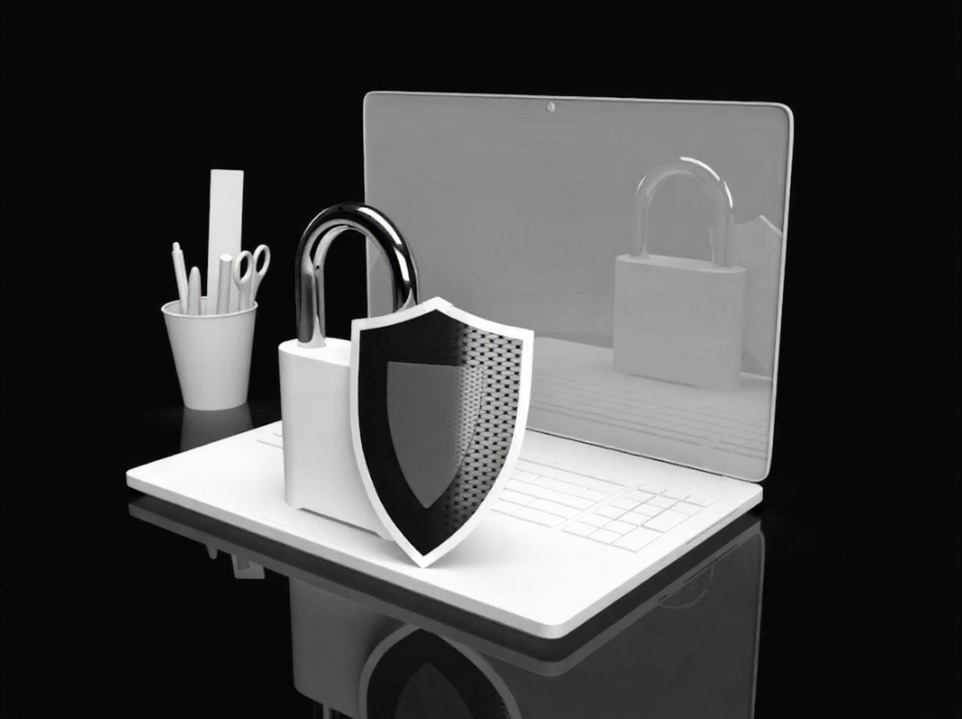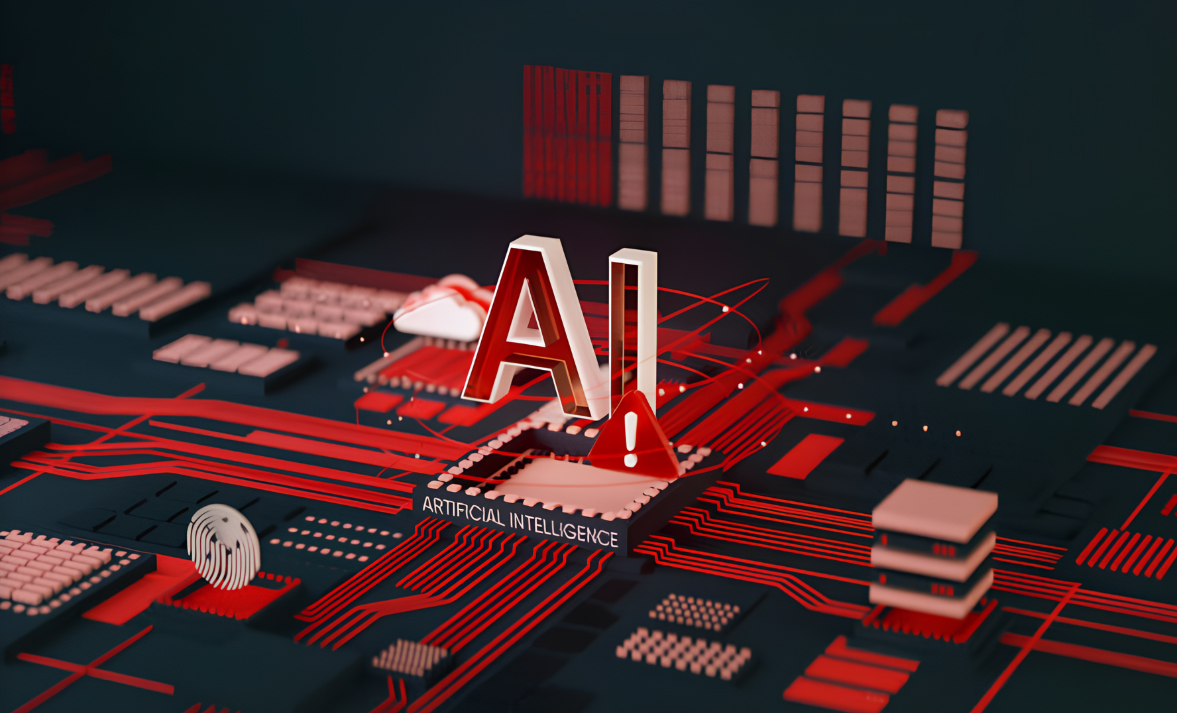Key Takeaways
- Small companies are being targeted by cyber attacks, but the majority cannot afford big budget major security teams.
- AI-based cybersecurity solutions provide continuous protection for a fraction of what traditional measures cost.
- Automation enhances response rates, eliminates false alarms, and prevents threats before they happen.
- AI assists small teams with enforcing compliance, tracking threats, and catching fraud in real time.
- Implementing AI early develops a strong security system that scales with your company.
What’s Changed in Cybersecurity for Small Businesses
Cyberattacks used to be a big-company problem. Not anymore. Today, over 43% of cyberattacks target small and medium-sized businesses (SMBs), yet most of these businesses lack the in-house expertise or resources to defend themselves effectively.
Traditional cybersecurity solutions are based on manual scanning, late threat detection, and reactive big budget response. Those solutions simply do not work for small and medium-sized businesses. A single missed patch or delayed response can lead to data breaches, financial loss, or regulatory fines.
AI-based cybersecurity addresses these challenges for small businesses. It eliminates human guesswork, cuts the time to respond from hours to seconds, and offers continuous real-time protection 24/7 without requiring a large IT staff.
Why AI Beats Human Cyber Defenses
Human systems make analysts go big budget through logs, translate threat indications, and pursue false alarms. It’s time-consuming, error-prone, and rarely fast enough to prevent serious attacks.
AI catches an immense amount of threat information on a daily basis, enabling it to learn patterns and respond before humans even realize something is wrong. It is able to:
- Mark suspicious activity, like an abrupt login from a distant IP.
- Quarantine suspicious files prior to spread.
- Automates patch management and vulnerability scanning.
- Block 95% of false positives so teams can handle actual threats.
Small businesses leveraging AI-powered big budget threat detection platforms enjoy much quicker response times and decreased dependence on human intervention, all while keeping their costs low.
How Smarter Security Provides a Business Advantage
While AI handles routine monitoring and risk reduction, your in-house teams can spend more time on growth big budget strategies rather than crisis management. That’s a competitive advantage most small businesses so profoundly lack.
For instance, AI solutions can do the following automatically:
- Automatically scan emails and weed out phishing attacks.
- Automatically monitor endpoints and notify on unauthorized access.
- Keep customer data secure according to GDPR, HIPAA, and other laws.
This means fewer compromises, greater customer confidence, and quicker audits. Whether you’re taking big budget online orders or holding customer information, a good security stance builds trust and lets you seal deals with big customers who demand strong defenses.
What AI Does to Risk and Compliance
Security is more than preventing hackers. It’s also about conveying that you did what you reasonably could when the unexpected occurs. This is where AI can be your compliance best friend.
AI-driven systems enhance security and compliance by keeping detailed access logs and system big budget activity histories. They enforce encryption standards and access control policies consistently across the organization. These systems can detect policy violations or suspicious activity in real time, enabling quicker responses. They also streamline compliance by automatically generating audit trails and regulatory reports, reducing the manual effort required.
These features allow even small businesses to succeed at security audits and comply with regulatory requirements without employing an expensive security team or consultant.
Why AI Needs to Be Built Into Your Foundation
Adding AI on top of existing tools can offer help, but it will not bring the full value. To effectively protect big budget your business, AI needs to be integrated into the core of your security model.
That means selecting platforms that are designed with AI as the primary focus, rather than an add-on after the fact. These solutions evolve as new threats arise, enhancing defense over time without ongoing human adjustments.
Companies that integrate AI into firewalls, endpoint security, email filters, and network monitoring are more likely to scale securely and affordably. It’s not about pursuing every new feature; it’s about creating a more intelligent, more self-reliant defense from the beginning.
Real-World Examples: AI Protecting Small Teams at Scale
The benefits are already apparent across sectors:
A Chicago boutique law firm utilized an AI-powered threat detection platform to intercept a ransomware attack before any files were encrypted, preventing thousands in avoidable loss and downtime.
A retail startup implemented AI-powered big budget email filters and prevented 99.8% of phishing efforts against employees during a holiday season sales boom.
A health clinic in Texas rolled out an AI endpoint security solution and cut IT support tickets for security issues by 60% to allow staff to spend more time on patient care.
In all of these instances, AI enabled enterprise-level protection at small business price points.
Cybersecurity Is Changing. So Should You!
The future of cybersecurity isn’t just smarter tools. It’s self-defending systems. AI isn’t simply filling gaps anymore. It’s actively predicting and stopping the next attack.
Small businesses cannot afford to lag big budget behind. Those that integrate AI today are building resilient, secure, and scalable systems that can evolve with no matter what threat scenario is next.
Cybersecurity is no longer an IT issue today. It’s a business necessity. With AI as your support system, defending your business won’t cost much.
At ProcesIQ, we work on a similar mission, helping small and mid-sized businesses adopt AI-driven cybersecurity solutions tailored to their size, needs, and budget. From threat identification to compliance automation, we enable you to create smarter defenses without the burden.









